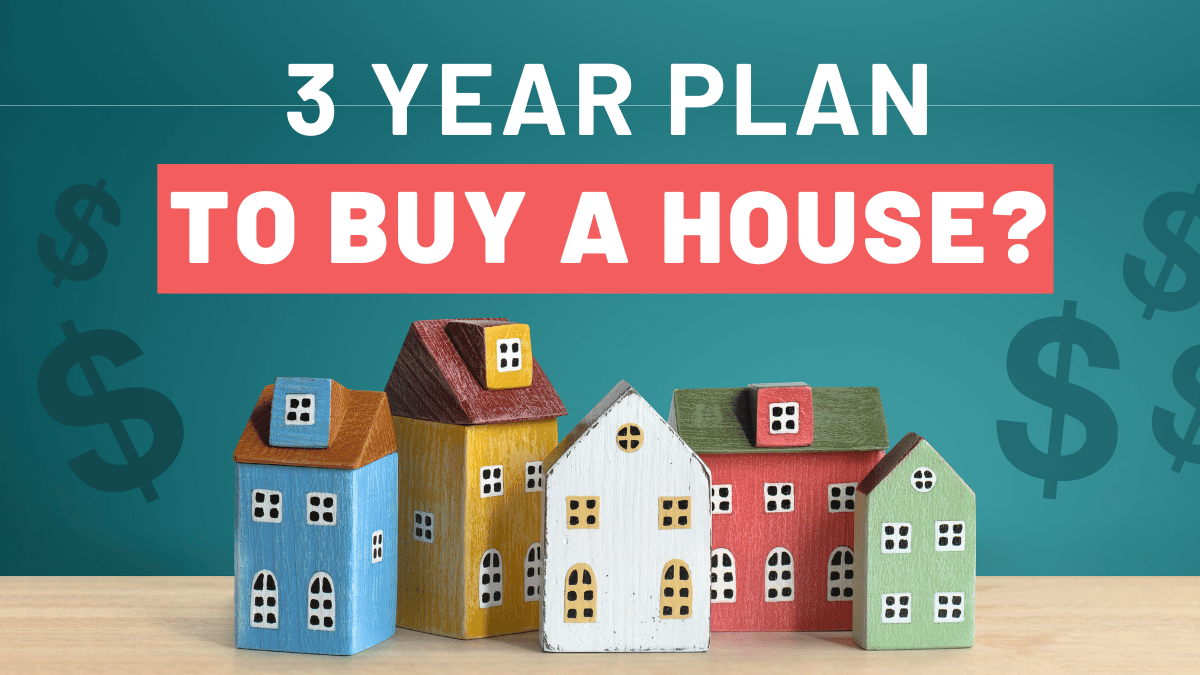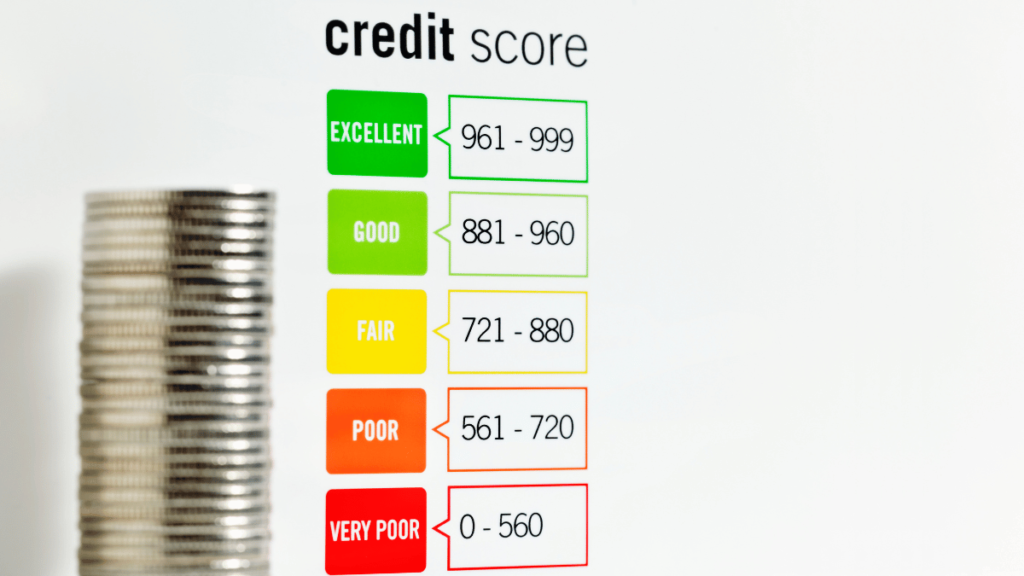Buying a home is one of the most significant financial decisions many people make, and preparing for it takes careful planning and discipline. A well-organized 3 year plan to buy a house can make homeownership achievable, allowing you to save money, build your credit, and find the perfect home. With three years to prepare, you can set yourself up for success, avoiding rushed decisions or financial strain. This guide will break down each year of your plan, outlining the steps you need to take to make your dream of owning a home a reality.
Year 1: Building a Strong Financial Foundation
In the first year of your 3 year plan to buy a house, the focus is on laying a solid financial foundation. This includes setting goals, saving for a down payment, and beginning to improve your credit score.
Setting realistic financial goals is a crucial first step. Determine how much home you can afford by researching home prices in your desired area and assessing your current financial situation. Take stock of your income, expenses, and savings to estimate what kind of mortgage payment you can comfortably manage. An ideal goal is to aim for a 20% down payment, which can help you avoid private mortgage insurance (PMI), but even a smaller percentage, such as 3-5%, can be realistic depending on your financial situation.
Once you’ve identified your target down payment, it’s time to start saving. Open a dedicated savings account specifically for your house fund and automate contributions. Setting up automatic transfers each month ensures you stay on track with your savings goals. Even small amounts add up over time, so commit to saving regularly. In this first year, cutting non-essential expenses, like dining out or shopping for unnecessary items, can free up extra money to build your savings. Also, consider setting small, short-term savings milestones to help stay motivated. For example, if you need $30,000 for a down payment, aim to save $10,000 in the first year.
Building your credit score is another vital task in year one. Your credit score will determine your ability to get a mortgage and the interest rate you qualify for, which can impact your monthly payments. Start by checking your credit report from the three major credit bureaus—Equifax, Experian, and TransUnion—to ensure there are no errors or outstanding issues. From there, focus on paying down existing debts and making all payments on time, as these are the most significant factors that influence your score. Keeping your credit card balances low (ideally below 30% of your available credit) and avoiding opening new lines of credit are essential strategies for improving your score. Additionally, maintaining a healthy mix of credit types (credit cards, loans, etc.) will further boost your score. By the end of the first year, you should see noticeable improvements in both your savings and credit score.
Year 2: Accelerating Savings and Strengthening Credit
In the second year of your 3 year plan to buy a house, you’ll want to ramp up your efforts to save more aggressively and continue building your credit. With one year of saving under your belt, you now have a clearer picture of how much more you need to set aside and what adjustments to make to meet your goals.
First, look for additional ways to increase your savings. If possible, consider finding side gigs, freelance work, or part-time jobs to boost your income. You can allocate this extra income directly toward your down payment fund. Another great way to grow your savings is by funneling any bonuses, tax refunds, or windfalls into your home savings account. These lump sums can give you a significant boost and help you reach your savings goals faster. During this second year, it’s also a good idea to review your budget again. You may find more opportunities to cut back on discretionary spending, such as subscriptions or luxury purchases, which can be redirected into your house fund.
Maintaining and improving your credit score remains critical in year two. Continue making payments on time, and if possible, pay off more than the minimum amount on your credit cards or loans. Keeping your credit utilization low—ideally below 30% of your credit limit—is one of the most effective ways to improve your credit score. Additionally, resist the temptation to apply for new credit, as hard inquiries can temporarily lower your score. It’s essential to maintain stability in your credit profile, so avoid opening or closing accounts unnecessarily. By the end of year two, your credit score should be strong enough to help you qualify for a competitive mortgage rate.
Year two is also the ideal time to begin researching mortgage options. Learn about the different types of mortgages available, such as fixed-rate loans, adjustable-rate mortgages (ARMs), FHA loans, VA loans, and more. Each type of mortgage has different benefits and drawbacks, depending on your financial situation and long-term goals. Fixed-rate mortgages, for example, offer stability with consistent payments, while ARMs can start with lower interest rates but may fluctuate over time. Understanding the pros and cons of these mortgage options will help you make an informed decision when it’s time to apply. Additionally, start keeping an eye on interest rate trends to understand how they might affect your buying power.
Year 3: Getting Ready to Buy Your Dream Home
By year three of your 3 year plan to buy a house, you’ll be ready to make your dream of homeownership a reality. This is the year to finalize your savings, get pre-approved for a mortgage, and start seriously searching for your new home.
First, review your financial progress and ensure you’ve reached your savings goal. Whether you’re putting down 20% or a smaller percentage, having your down payment ready will give you confidence and negotiating power. Make sure to factor in other homebuying costs like closing costs, home inspections, and moving expenses. Closing costs can range from 2-5% of the home’s purchase price, so having extra savings will help cover these fees.
Getting pre-approved for a mortgage is the next critical step. Pre-approval gives you a clear idea of how much you can borrow, which will help narrow down your home search. It also shows sellers that you are a serious buyer, giving you more leverage in negotiations. To get pre-approved, you’ll need to gather important documents such as pay stubs, tax returns, bank statements, and proof of assets. During this stage, it’s essential to shop around with different lenders to compare rates and find the best mortgage terms for your financial situation. A lower interest rate can save you thousands of dollars over the life of the loan, so taking the time to find the right lender is worth the effort.
Once you’ve been pre-approved, it’s time to start house hunting. Begin by finding a real estate agent who understands your needs and is familiar with the neighborhoods you’re interested in. Start visiting open houses, touring homes, and refining your list of must-haves and deal-breakers. Do you want a big backyard? Is proximity to schools or public transportation essential? Make a clear list of priorities to guide your search. At the same time, keep an eye on the housing market and be flexible with your expectations. The perfect home may not have every feature you initially wanted, but with the right mindset, you can find a property that meets your most important criteria.
As you move closer to purchasing a home, it’s important to stay disciplined with your budget and avoid making large, unnecessary purchases. Big-ticket items or new lines of credit can impact your debt-to-income ratio and affect your mortgage approval. Make sure to stay on track with your savings and credit goals until the transaction is finalized.
Smart Tips for Staying on Track with Your 3 Year Plan
It’s easy to get distracted or lose motivation during a long-term plan, but there are smart strategies you can use to stay on course. First, be sure to stay disciplined with your budget. Sticking to your savings plan and avoiding impulse spending can ensure you hit your financial goals. It’s also essential to regularly check in with your progress. Set aside time every few months to evaluate your savings and credit score to make sure you’re still on track.
Another smart tip is to regularly reassess your goals. As the housing market fluctuates, you might find that home prices rise or fall in your desired area, which could shift your budget. Similarly, changes in your income or lifestyle might prompt you to adjust your plan. Staying flexible while still focused on your ultimate goal of buying a home is key to keeping momentum over three years.
Finally, keep an eye on the real estate market throughout your journey. By understanding housing trends and mortgage rates, you can make better-informed decisions about when to buy. If interest rates are rising, for example, it might make sense to buy sooner rather than later to lock in a lower rate.
Conclusion
A 3 year plan to buy a house is an excellent way to prepare for one of the most important purchases you’ll ever make. By focusing on saving, building credit, and understanding the mortgage process, you can set yourself up for success and feel confident in your ability to purchase a home that fits your budget and lifestyle. Throughout these three years, staying disciplined with your financial goals and making smart choices will help you achieve homeownership without unnecessary stress. Whether you’re just starting your savings journey or nearing the finish line, this plan gives you the roadmap to reach your dream of owning a home.
Frequently Asked Questions (FAQs)
- How much should I save for a down payment in a 3 year plan to buy a house?
Aim for 20% if possible, but many buyers can successfully buy homes with 3-5% down, depending on their financial situation and mortgage type. - How does my credit score impact my ability to buy a home?
A higher credit score can help you qualify for a better mortgage interest rate, saving you thousands over the life of the loan. - What is the best way to build credit during a 3 year plan to buy a house?
Pay off existing debts, make on-time payments, and keep your credit utilization below 30% to steadily improve your score. - How do I know when I’m ready to get pre-approved for a mortgage?
Once you’ve saved a down payment and have a strong credit score, gather your financial documents and compare lenders to find the best pre-approval options. - What factors should I consider when choosing the right home?
Prioritize your must-haves, such as location, size, and features, while remaining flexible on things that aren’t deal-breakers.







